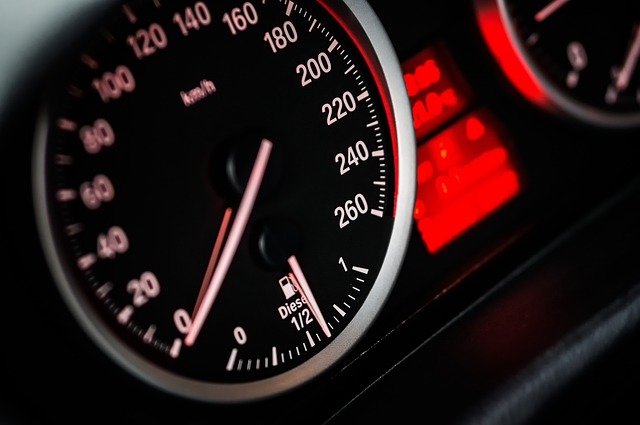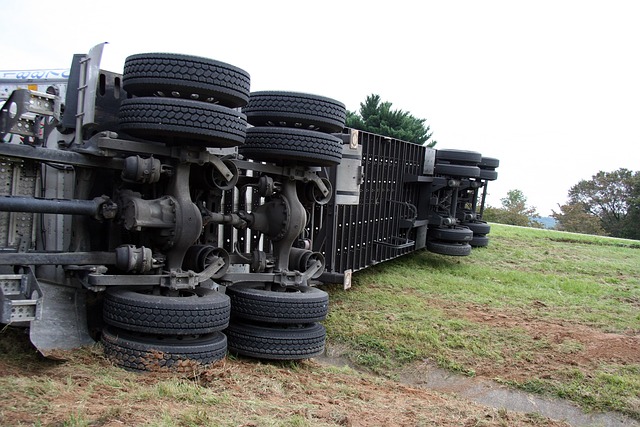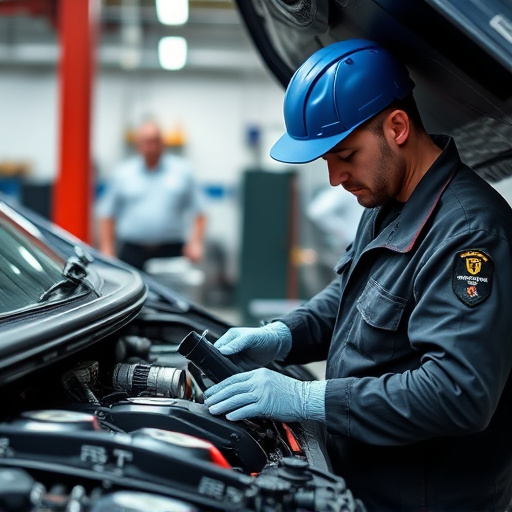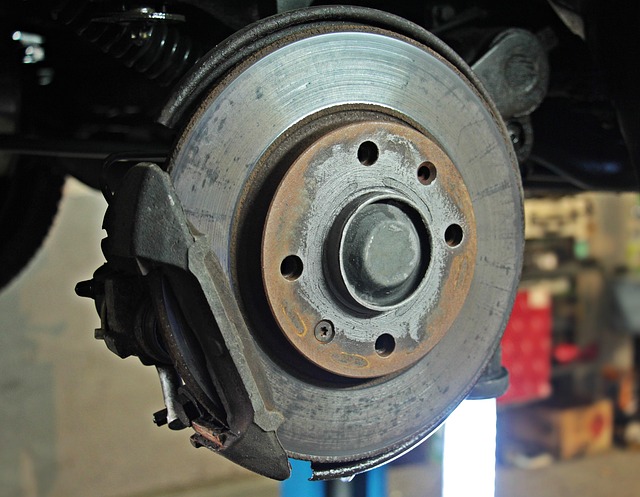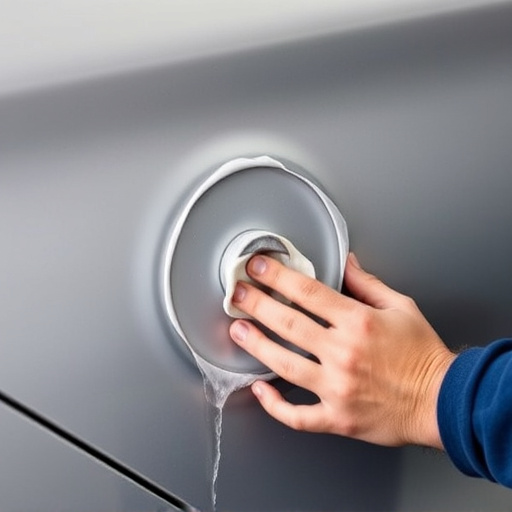Induction heating repair is a specialized technique that restores and improves industrial equipment performance, particularly in metal fabrication and auto body restoration. By addressing issues like corrosion, wear, or defects using advanced technology, this method enhances equipment effectiveness. In automotive restoration, it offers speeded-up repairs and improved accuracy, enabling precise heating for dent removal and other complex tasks while preserving original vehicle integrity. Skilled technicians use specialized tools to control heat input precisely, adhering to best practices and industry advancements for state-of-the-art solutions.
Induction heating repair is a game-changer in enhancing manufacturing efficiency. This advanced technique plays a pivotal role in accelerating repair processes while ensuring remarkable accuracy, especially for metal components. By understanding the fundamental principles of induction heating repair, we can harness its potential to revolutionize asset maintenance. The article explores how this method speeds up repairs and improves precision, offering valuable insights into best practices for optimal results. Discover the benefits and unlock the full potential of induction heating repair.
- Understanding Induction Heating Repair: The Basics
- Benefits of Induction Heating Repair: Speeding Up and Enhancing Accuracy
- Best Practices for Effective Induction Heating Repair
Understanding Induction Heating Repair: The Basics
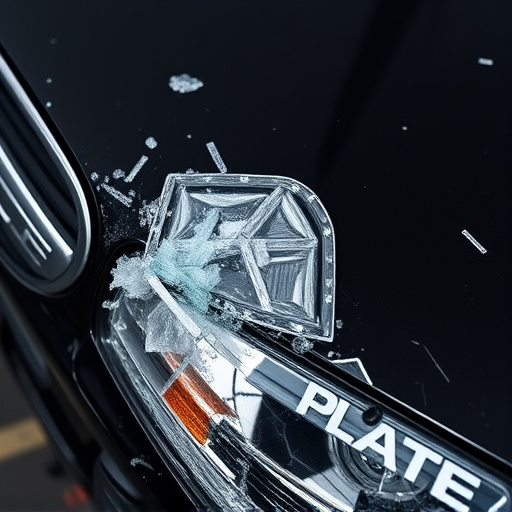
Induction heating repair is a specialized technique used to restore and improve the performance of induction heaters, which are critical components in various industrial processes, including metal fabrication and auto body restoration. This method involves repairing or replacing damaged parts within the heater’s coils, ensuring optimal energy transfer and efficient heat generation. By addressing issues like corrosion, wear, or defects, induction heating repair enhances the overall effectiveness of the equipment.
The process leverages advanced technology to precisely pinpoint and rectify problems. Technicians use specialized tools to analyze the heater’s performance, identify areas of concern, and make targeted repairs. This not only accelerates the repair process but also ensures accuracy in restoring the original specifications. Efficient induction heating repair is particularly valuable for businesses involved in dent removal or vehicle dent repair, as it maintains the precision and quality required in auto body restoration.
Benefits of Induction Heating Repair: Speeding Up and Enhancing Accuracy

Induction heating repair is a game-changer when it comes to enhancing efficiency in automotive restoration processes. This innovative technique offers numerous advantages, particularly in speeding up repairs and improving accuracy. By utilizing induction heating, skilled technicians can efficiently heat metal components, making it easier to reshape, straighten, and join parts without the need for extensive manual labor. This not only reduces the overall time required for car paint repair or body shop services but also minimizes the risk of human error, ensuring precise results.
The precision of induction heating repair is particularly valuable in complex tasks like car dent repair, where maintaining the original vehicle integrity is crucial. Unlike traditional methods, induction heating provides targeted and controlled heat, allowing for meticulous adjustments and accurate measurements. This level of control enhances the overall quality of body shop services, ensuring that repairs are not just quick but also flawless, leaving no visible evidence of damage once completed.
Best Practices for Effective Induction Heating Repair

When it comes to induction heating repair, adopting best practices is paramount to ensuring swift and precise results. One key strategy involves utilizing specialized tools designed specifically for this purpose, which allows technicians to accurately control heat input and precisely target damaged areas. This minimizes heat impact on surrounding materials, such as car bodywork or auto glass, preventing unnecessary damage during the repair process.
Moreover, proper training and experience are invaluable. Skilled technicians understand the nuances of induction heating, enabling them to adapt techniques based on material types and repair complexity. Regularly updating knowledge through industry advancements ensures collision repair centers stay at the forefront, offering cutting-edge solutions for even the trickiest repairs.
Induction heating repair has emerged as a game-changer in the manufacturing industry, offering significant advantages in both speed and accuracy. By employing this advanced technique, repairs can be completed faster, reducing downtime for equipment. Moreover, the precision of induction heating repair ensures minimal heat impact on surrounding materials, leading to enhanced component longevity. Following best practices, such as utilizing specialized tools and trained technicians, further optimizes the process, making it an efficient and reliable solution for maintaining high-performance machinery. Incorporating induction heating repair into maintenance routines is a strategic move towards improving overall equipment effectiveness.
